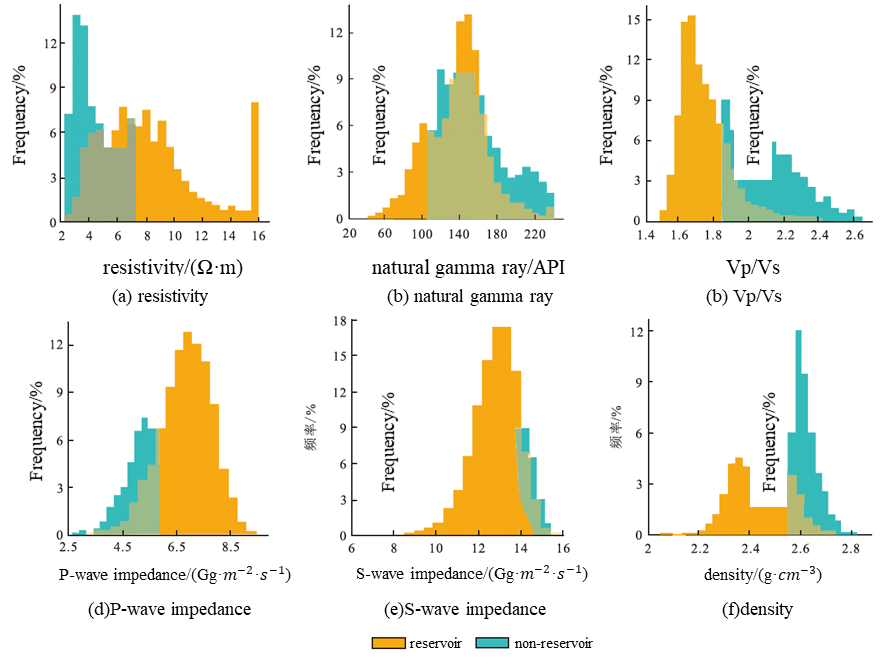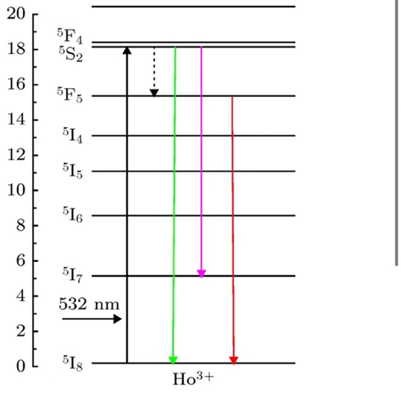

Volume 198
Published on October 2025Volume title: Proceedings of CONF-FMCE 2025 Symposium: AI and Machine Learning Applications in Infrastructure Engineering

Volcanic reservoirs represent a significant domain in global hydrocarbon exploration, characterized by substantial resource potential yet considerable exploration challenges. These reservoirs exhibit diverse storage types, complex pore structures, highly variable fracture development, and strong heterogeneity, which render conventional exploration methods inadequate for effective prediction. This paper provides a systematic review of recent advances in the study of volcanic reservoirs, focusing on rock physical characteristic analysis, well-log interpretation, seismic inversion techniques, and integrated prediction using multi-scale data. The applications and limitations of existing technologies are summarized. Research indicates that the identification of sensitive parameters based on rock physical analysis offers a theoretical foundation for reservoir prediction. Techniques such as pre-stack geostatistical inversion have significantly enhanced the accuracy of volcanic reservoir characterization. Moreover, the integration of multi-disciplinary data and facies-controlled modeling has considerably improved the reliability of reservoir predictions. Nevertheless, current research still suffers from insufficient understanding of reservoir formation mechanisms, limited integration of multi-scale data, and a lack of generalizability in predictive models. Future studies should focus on developing intelligent prediction technologies leveraging interdisciplinary approaches and deepening quantitative evaluation and geological modeling of volcanic reservoirs to facilitate efficient exploration and development.

 View pdf
View pdf



This study aims to explore the application of Ho³⁺-doped ZBLAN glass in U⁺-band (1700–1800 nm) fiber lasers. This spectral region possesses low water absorption and minimal biological tissue scattering, making it broadly applicable for deep biological tissue imaging, molecular spectroscopy identification, gas sensing, and military optoelectronic systems, thus significantly advancing optical communication, industrial processing, and biomedical fields. Using MATLAB simulation software, we constructed a theoretical model for a Ho³⁺-doped ZBLAN fiber laser based on rate equations and power propagation equations. Simulation results demonstrated a linear increase in output power with increasing pump power under conditions of fiber length 1.2 m, doping concentration 6.0×10²⁵ m⁻³, and pump wavelength of 1150 nm. Specifically, a maximum laser output power of approximately 1.28 W was achieved at a pump power of 20 W. Furthermore, the simulation results verified the consistency of the physical mechanisms of the model and the laser establishment process, with a threshold pump power of approximately 1.7 W and a slope efficiency of 6.7%. This research provides theoretical support and practical reference for the design and performance optimization of efficient U⁺-band fiber lasers. Future work could further optimize doping concentration, pumping structure, and fiber core design to enhance optical-optical conversion efficiency and output power, meeting higher power application demands and promoting technological advancements in related fields.

 View pdf
View pdf




